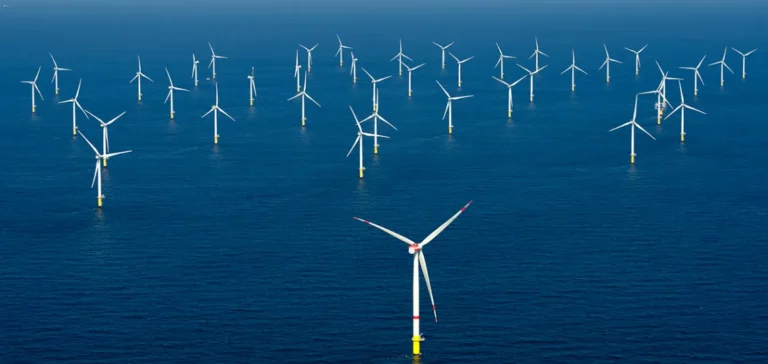EDF confirmed on 5 July that the commercial commissioning of the Calvados offshore wind farm has been pushed back to late 2027, a delay of more than two years against the original schedule. A spokesperson said tests of a drilling system designed specifically for the site remain unfinished, a detail first reported by Bloomberg and later picked up by Agence France-Presse. The project, ten kilometres from the D-Day beaches, had previously targeted start-up in 2025. EDF added that the power-purchase agreements and grid-connection contracts with transmission operator RTE remain unchanged.
A custom tool still under validation
The equipment at issue is a high-capacity drill intended to secure monopiles in a calcareous seabed between twenty and thirty-one metres deep. Several qualification campaigns revealed a need to optimise lubrication circuits and verticality control to sustain an industrial rhythm. These adjustments halted work after four foundations were installed, pushing back the main drilling phase. Saipem, the Italian subsea contractor, will resume monopile installation in August once final internal certification is granted.
EDF stresses that geophysical and geotechnical surveys confirm the expected soil quality, noting that the delay stems solely from fine-tuning the tool. The group has disclosed no quantified cost overrun but says the phasing of the EUR2.3bn ($2.51bn) senior financing package, led by BNP Paribas, will be adjusted with no change in rates. Potential contractual penalties remain under discussion with suppliers, according to a person familiar with the matter. No change is planned in the project’s equity structure.
Infrastructure in place and regional scope
The offshore substation, installed in 2023 by Chantiers de l’Atlantique and Deme, is already connected to the onshore grid and is undergoing no-load tests. Once the sixty-four turbines are operational, the 450-megawatt site will supply the equivalent domestic consumption of more than 630 000 people—virtually the entire Calvados département. EDF notes that the park is Normandy’s second offshore project after Fécamp, which entered service in 2024. “The park will be commissioned at the end of 2027, with a delay of a little over two years,” the press office said in a written statement, adding that long-term production targets remain intact.






















